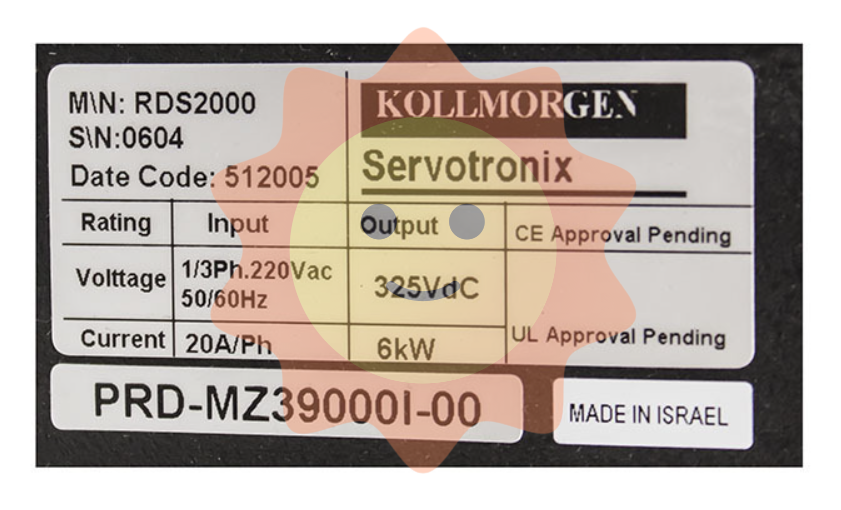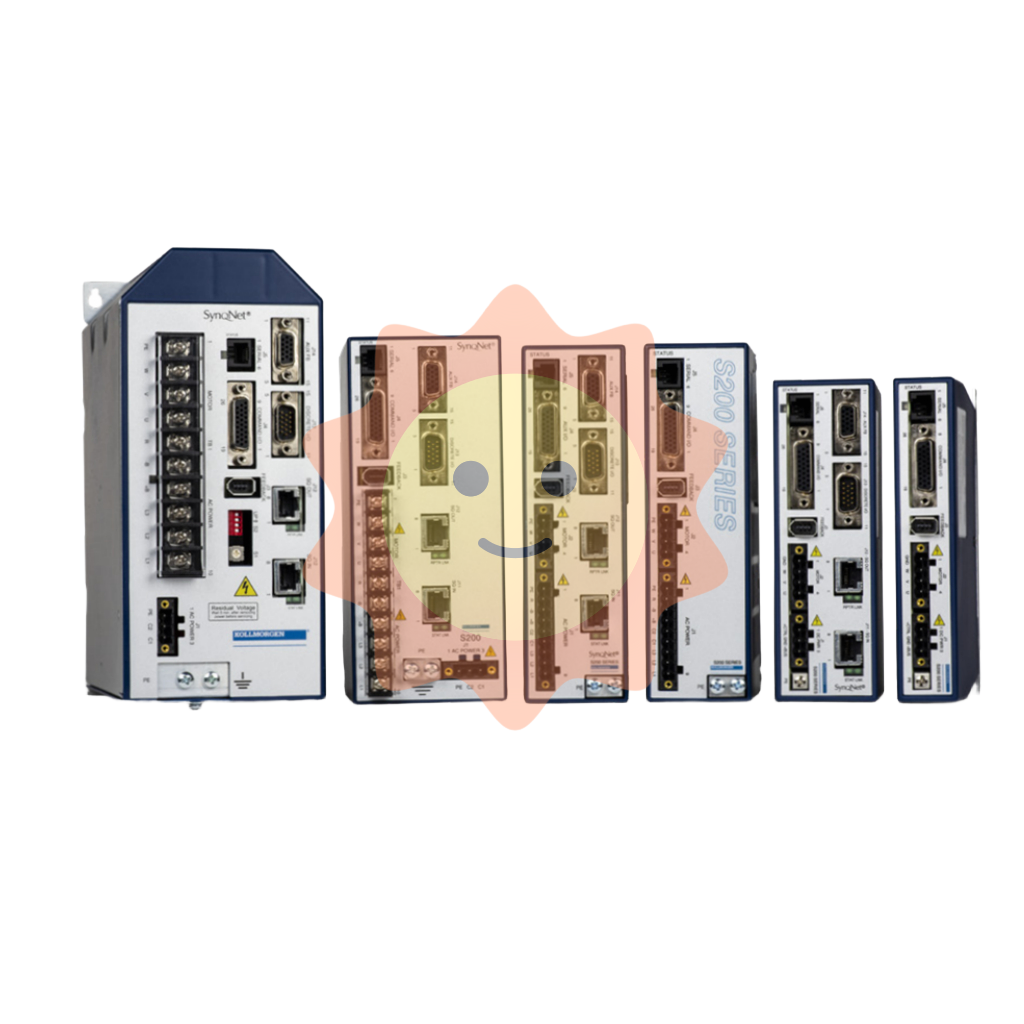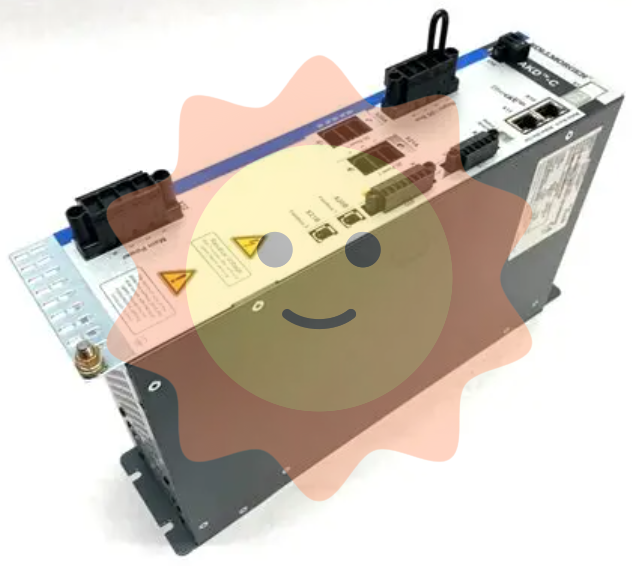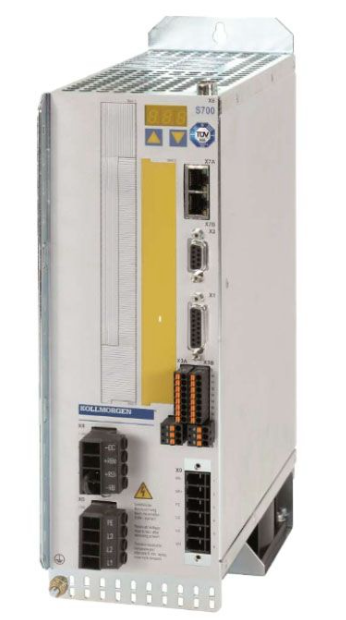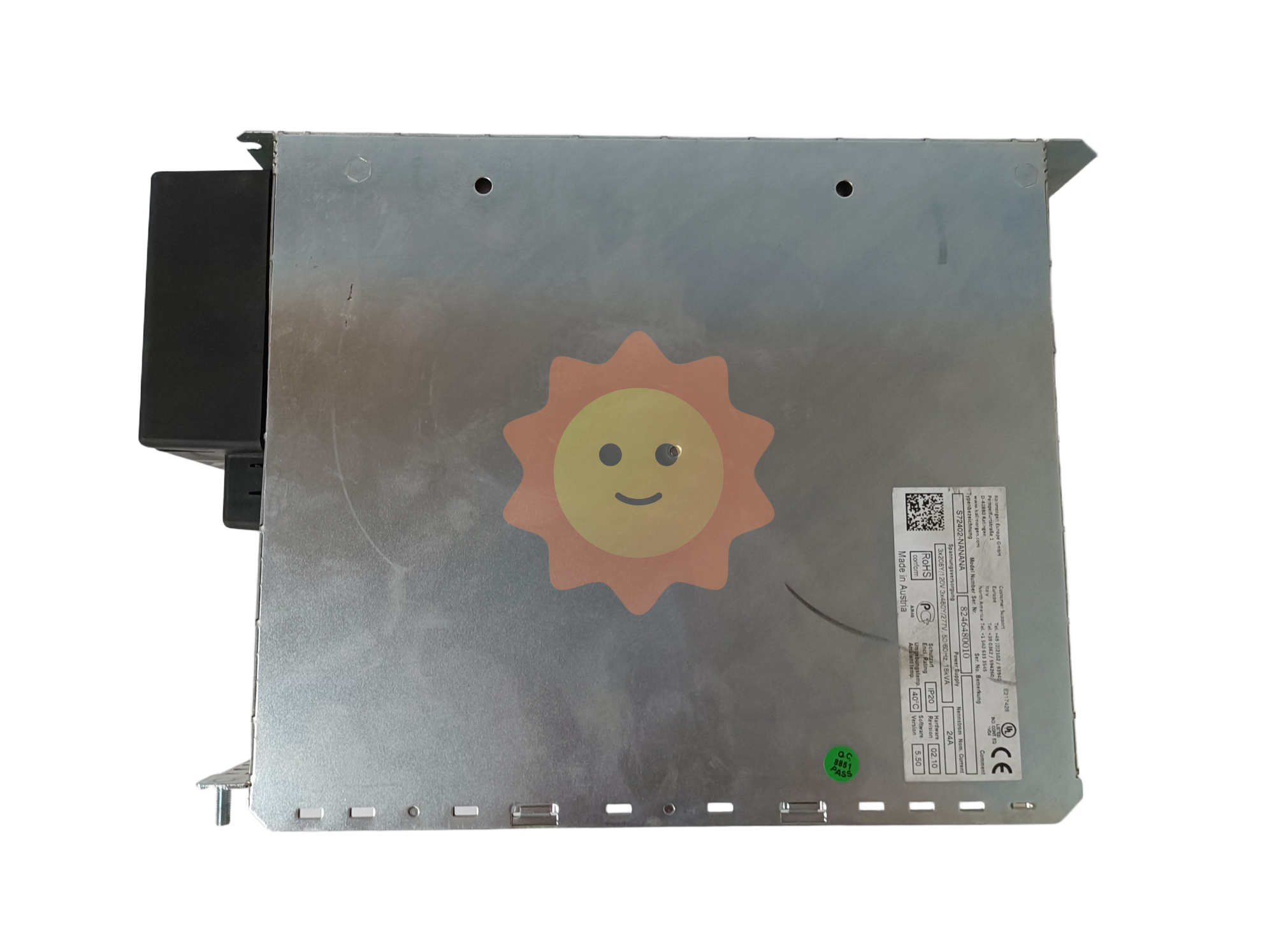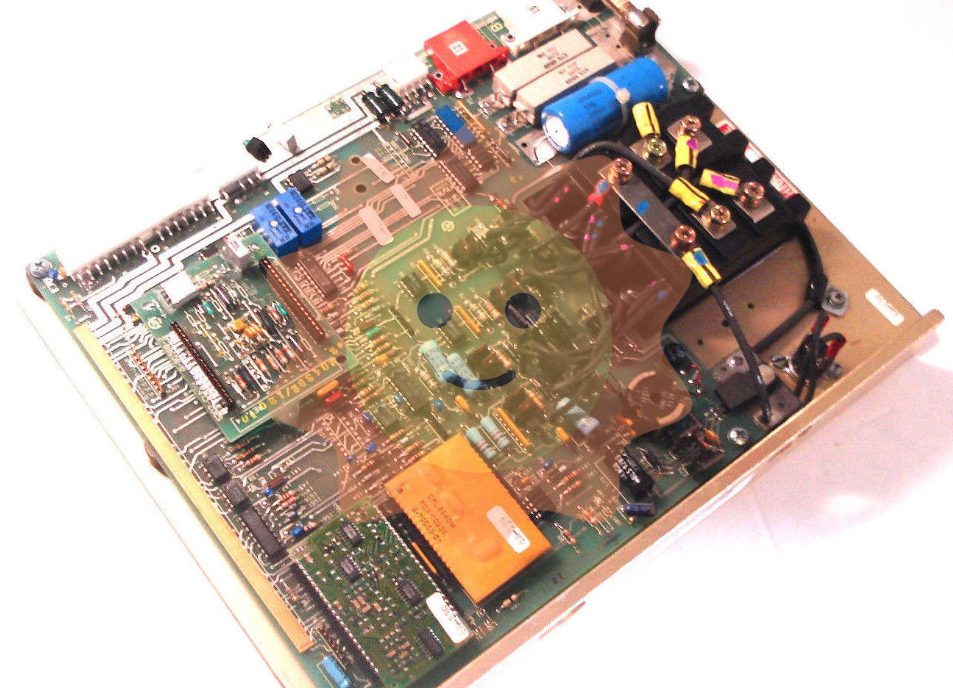Development of bio-based and biodegradable plastics in China
In 2020, the Party Central Committee and The State Council attach great importance to the control of plastic pollution, and will formulate a comprehensive treatment plan for "white pollution" as a key reform task. The tenth meeting of the Central Commission for Deepening Overall Reform reviewed and adopted the Opinions on Further Strengthening the control of Plastic Pollution issued by the National Development and Reform Commission and the Ministry of Ecology and Environment (hereinafter referred to as the "Opinions") to further strengthen the control of plastic pollution. It is required to prohibit and restrict the production, sale and use of some plastic products in an orderly manner, actively promote recyclable, easily recycled and degradable alternative products, increase the supply of green products, standardize the recycling and utilization of plastic waste, establish and improve the management system of all links, effectively and orderly control plastic pollution, and strive to build a beautiful China.
The Opinions stipulate that by 2020, we will take the lead in banning and restricting the production, sale and use of some plastic products in some regions and some areas. By 2022, the consumption of single-use plastic products will be significantly reduced, alternative products will be promoted, and the proportion of plastic waste resources and energy utilization will be significantly increased; In the areas of prominent plastic pollution problems and emerging areas such as e-commerce, express delivery, takeout, a number of replicable and scalable plastic reduction and green logistics models have been formed. By 2025, the management system for the production, circulation, consumption, recycling and disposal of plastic products will be basically established, the multi-component co-governance system will be basically formed, the development and application level of alternative products will be further improved, the amount of plastic waste in key cities will be significantly reduced, and plastic pollution will be effectively controlled.

Development status of bio-based and degradable plastics in China
In 2019, China's bioplastics production capacity was about 800,000 tons, accounting for about 35% of the global production capacity. The production capacity of biodegradable plastics is about 300,000 tons, accounting for 30% of the global production capacity. Among them, the production capacity of polylactic acid (PLA) plastic is about 50,000 tons, polyadipic acid/butylene terephthalate (PBAT), polybutylene succinate (PBS) plastic is 100,000 to 120,000 tons, polyhydroxyfatty acid ester (PHA) is 15,000 tons, polymethyl ethyl carbonate (PPC) is 35,000 tons, and other about 100,000 tons. At present, China's bio-based plastics are in the world's leading level, Academician Zhu Meifang of Donghua University pointed out in the report that in all non-petroleum degradable materials, PLA has good melting processing performance and excellent mechanical properties, and is considered to be the most biodegradable material with market potential so far, and has achieved good application in plastic film and fiber. Among the main varieties of bioplastics, Zhejiang Hiseng Biomaterials Co., Ltd. and Anhui Fengyuan Group Co., Ltd. initially have PLA mass production technology. In addition, among the PBAT material production enterprises, the larger enterprises are Jinhui Zhaolong High-tech Co., LTD., Jinfa Technology Co., LTD. According to public information, among the recently planned PBAT production projects, Jinfa Technology Co., LTD and Shandong Ruifeng Polymer Materials Co., LTD respectively plan 60,000 tons of production capacity, COFCO Biotechnology Co., LTD and Zhejiang Huafeng Spanlon Co., LTD respectively plan 300,000 tons. Tongcheng New Materials Group Co., Ltd. and Wanhua Chemical Group Co., Ltd. have planned a planned capacity of 100,000 tons and 60,000 tons respectively.
Polyglycolic acid (PGA) as an ideal complete biodegradable material, can be completely degraded within 1 to 3 months, non-toxic and harmless, the final degradation product is carbon dioxide and water, in the case of the rapid release of domestic coal to ethylene glycol production capacity, PGA as a good application of coal to ethylene glycol products, to resolve the coal to ethylene glycol production capacity provides a way out.
Misunderstanding of bio-based plastics and biodegradable plastics
At present, the public still has certain misunderstandings about biobased plastics and biodegradable plastics, such as equating biobased plastics with biodegradable plastics, equating biodegradable plastics with fully biodegradable plastics, and equating industrially compostable plastics with biodegradable plastics in the natural environment.
Biobased plastics are plastics derived from plants or other biological materials. Biodegradable plastics are plastics that can completely degrade into substances found in nature. The definition of biodegradability does not include a specific length of decomposition time or specific environmental conditions. Compostable plastics decompose under controlled conditions and become usable non-toxic soil amendments with a degradation time comparable to other compostable materials. Compostable plastics are a subset of biodegradable plastics that break down into usable soil amendments under controlled conditions, referring to biodegradable plastics collected and treated by industrial composting or anaerobic digestion as compostable plastics. The reduction and reuse of plastics should be prioritized over compostable plastics, and compostable plastics should not be substituted for plastics with high recovery rates.
China's biodegradable plastics development strategic opportunities
China's growing environmental pressure
As the consumption of plastic products continues to increase, the amount of plastic waste every year is also growing, it is estimated that by 2050, the world will have 12 billion tons of waste plastic placed in landfills or scattered in the natural environment, about 50% of these waste plastics belong to single-use plastic products, including packaging, agricultural film and other disposable consumer goods, etc. Because it is difficult to degrade and not easy to recycle, it causes great harm to the environment, of which 115 to 2.5 million tons of waste plastics enter the ocean every year, these plastics not only pollute the Marine environment, but also endanger biosecurity, causing global concern. China is a big producer and consumer of plastic products, and plastic products brought by takeout and fast food consumption are difficult to recycle, which has caused great pressure on China's environmental protection.
With the introduction of the "Opinions on Further strengthening plastic pollution control", in 2025, the state will establish a strict management system for plastic products in the production, circulation, consumption and recycling and disposal, according to the forecast, by 2025, China's annual consumption of degradable plastics will reach 2.38 million tons, generating economic benefits of 47.7 billion yuan, and the market space is huge. Manufacturers of degradable plastics need to seize the window period of the national plastic limit, improve the technical level and production capacity as soon as possible, and meet consumer demand.

Excellent properties of bio-based and biodegradable plastics
Bio-based materials and biodegradable plastics are gradually leading the scientific and technological innovation and economic development in the contemporary world because of their green, environmentally friendly and resource saving characteristics. At the same time, it can replace petroleum-based polymer materials, so as to alleviate the energy crisis and environmental crisis that mankind is currently facing.
As the largest application of bio-based plastics, biodegradable mulch film as one of the research hotspots in recent years, not only has the function of ordinary plastic film to increase temperature and maintain moisture, but also will be completely decomposed in the natural state after a certain time, does not affect the growth of crops, is an effective way to solve the white pollution of farmland. At present, biodegradable film has been applied in potato, cotton, corn and other field crops, while some studies also show that appropriate degradable plastics can promote the growth of plants, such as Dr. Li Chengtao of Shaanxi University of Science and Technology believes that low molecular weight PBS on green vegetables and lettuce germination, root length, seedling length and chlorophyll synthesis has a certain promotion. Biodegradable sandbags are used for sand fixation in desert areas, which can effectively solve the problem that traditional sandbags are not easy to recover, and have been popularized and used in arid and semi-arid areas such as Inner Mongolia and Qinghai, and have achieved remarkable economic benefits.
The inevitable choice under the pattern of "double cycle" at home and abroad
China's dependence on oil imports of more than 70%, as well as more than 60 million tons of chemical fibers and 100 million tons of plastic products each year, are the largest use of China's petroleum products. Under the "double cycle" pattern at home and abroad, how to use China's biological resources, new bio-based fibers and bio-based plastic products to replace traditional petroleum-based polymer chemistry has become the first choice.
China has developed relatively mature polylactic acid fiber, completely made of biological raw materials, with high strength, good biocompatibility and biodegradability. The latter process can mesh the fibers by spunbond method and melt-blow method, and can also be made into various nonwoven products by spunling, needling and other methods, which can be used on disposable products such as medical and health products, and use its degradation characteristics to solve the problem of "white pollution" caused by such products. Bio-based fibers, as one of the applications to replace petroleum-based products, will have a place in the future fiber market.
Problems with the development of degradable plastics
Life cycle of bio-based and biodegradable plastics
Bio-based and biodegradable plastics also face the challenges of limited service life and recycling. And in most cases, like fossil-based plastics, bio-based plastics also have the potential to become plastic pollution. But if prepared properly, they may have environmental advantages over fossil-based plastics. Because their overall climate footprint still depends on the entire life cycle of plastic products, including end-of-life management. All bio-based fibers are not supported indiscriminately, as the environmental advantages of these materials depend on the specific raw materials used and the subsequent product life cycle.
Bio-based and biodegradable plastics are not compatible with current recycling systems
Some bioplastics are compatible with existing recycling chains, and in the absence of strict separation and sorting, biobased plastics can contaminate existing plastic recycling systems. For example, PLA can contaminate the mechanical recovery chain of polyethylene terephthalate (PET), but bioplastics of bioPET or biopolyamide (PA), which have bio-based monomers polymerized with petroleum-based materials, can be recycled with conventional plastics without changing technology or machinery, recycling them in recycling facilities along with existing plastics. But as with all materials, bioplastics must be paired with proper collection procedures and infrastructure for successful recycling or composting.
Bio-based and biodegradable plastics cost more
At present, the cost of bio-based and biodegradable plastics is high. According to public information, the current product price of polyethylene (PE) material plastic per ton is 8 800~12 000 yuan/ton, and the cost of polypropylene (PP) material plastic per ton is 6 700~8 500 yuan/ton.
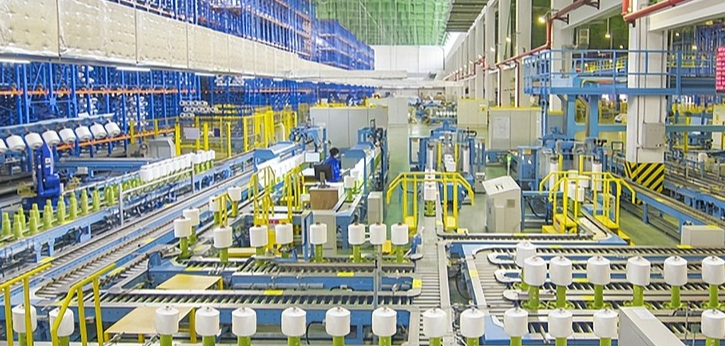
However, the price of PLA material plastic is 16 000~
30 000 yuan/ton, PBAT plastic price in 21 000~
25 million yuan/ton, 3-hydroxybutyrate and 3-hydroxyvalerate copolymer (PHBV) plastic price is about 30 000 yuan/ton, is 2 to 3 times the conventional plastic. Taking biological mulch as an example, Xinjiang uses about 250,000 tons of mulch every year, and if all are replaced with biological mulch, the cost per ton will increase by 20,000 yuan, and the mulch expenditure in Xinjiang will increase by 5 billion yuan.
Development direction of bio-based and biodegradable plastics
We will continue to advance supply-side structural reform
China's plastic processing continues to deepen reform and opening up, and the supply-side structural reform of the industry has achieved remarkable results and unprecedented innovation vitality. Under the joint promotion of scientific research institutions and enterprises, bio-based plastics can gradually make application progress in the field of original high-performance engineering plastics, high-performance resin-based composite materials, high-temperature resistant special insulation materials, coatings, and high-temperature resistant and efficient functional films.
Continue to promote the application of bio-based and biodegradable plastics in direct food packaging materials such as plastic wrap, plastic shopping bags, rolled bags, disposable tableware, promote the use of bio-based and biodegradable plastics in the express and postal binding tape industry, promote the formulation of industry standards and key technical standards for bio-based materials and degradable plastics, and promote industrial large-scale production and application. Expand the supply of bio-based and biodegradable plastics.
Improve product quality and function to promote consumption upgrade
The development direction of bio-based polymer materials is to make them have the same or better performance than existing materials, and the design and synthesis of bio-based monomers that can meet the requirements of high performance and functionalization of bio-based materials is a key issue to expand the application of bio-based polymer materials and improve the competitive advantage of petroleum-based plastics. Academician Jian Xigao of Dalian University of Technology introduced bio-based aromatic heterocyclic monomers to prepare plastics with high temperature resistance, which plays an important role in the preparation of high-performance bio-based plastics and its popularization and application.
The improvement of the supply capacity based on technological progress will make bio-based plastics and degradable plastics downstream products more possible, and the better matching of supply and demand will also be more able to meet the needs of personalized, diversified, functional and other end products, thus further increasing the consumption of bio-based and degradable plastics.
Pay more attention to overseas consumer markets
Globalization has never been the choice of a country or an individual; it is the inevitable path of the "invisible hand" of the market in the course of history. Regional division of Labour is no longer the same. The future globalization may not be limited to geographical location links closely connected with intercontinental and continental plates, and the construction of the industrial Internet makes the communication of the world more convenient.
Europe and other countries have strict requirements for environmental protection, and bio-based plastics and other products have great potential in the EU market. It is predicted that from 2018 to 2025, the annual demand for bio-based plastics will maintain a growth of 3.6%. At present, there are obstacles to the development of the bio-industry in Europe, such as production costs, but there are also great opportunities, and some environmentally friendly policy measures may increase the consumption of bio-based products.
Policy suggestion
Strengthen the supervision of plastic treatment
Because plastic products consumers and consumption links are relatively scattered, it is difficult to supervise consumers, the focus of supervision is the source management, increase the supervision of production links; The second is to increase the supervision of merchants and increase the cost of violating the law; The third is to make merchants willing to use plastic alternatives through taxation, subsidies and other means.

First of all, the use of biological products should be promoted from large and medium-sized cities with strong government governance ability, good economic foundation, high level of public awareness, sound plastic waste recycling measures and perfect regulatory system. Secondly, these cities are also concentrated areas of consumption of non-degradable plastic shopping bags, disposable plastic knives and forks and other products, and the implementation of solid plastic reduction policies in these places is conducive to rapid achievement of results. At the same time, the consumption power of consumers in these regions is strong, which is also conducive to the government and enterprises to promote plastic substitutes, and it is also conducive to the regulatory authorities to sum up the experience and model of the ban on plastic, and promote it on a larger scale in the country.
Strengthen positive publicity and guidance
Personal consumption is the main force of the use of biodegradable and biodegradable plastics, and the change of everyone's consumption behavior can eventually make the industry change, and individuals' cognition of biodegradable and biodegradable plastic resources, as well as the awareness of plastic's environmental harm and management are lack of professionalism, and more industry professionals need to organize exchanges and activities with non-governmental organizations and educational institutions. First, strengthen positive guidance, so that the general public become a new trend and new fashion to actively use green products; The second is to strengthen the publicity of the harm of plastic waste to the environment, the ocean, animals and humans themselves, and form the feelings of reducing the use of plastic products, which is to love society and love themselves; Third, community governments can increase the use of plastic substitutes for typical events, enterprises and individuals to dig, promote the use of plastic products to reduce the method, set a typical and example, to guide consumers to consume correctly.
Strengthen the research of sorting technology and equipment and the construction of composting sites
Waste biobased and degradable plastics need to be treated in the right way or place in order to achieve the characteristics of biobased and degradable plastics, and biobased and degradable plastics need to be properly sorted to avoid flowing into the recycling system of conventional plastics. First, it is necessary to increase the research of sorting technology and equipment. The degree of automation and success rate of sorting equipment of domestic equipment manufacturers are also increasing year by year, and the most commonly used sorting means is to use the difference of plastics for classification and sorting, using vibration, air flow and liquid flow sorting. Optical sorting technology is based on the radio and television sensor to analyze the visible light, infrared, ultraviolet and other spectrum of the material, identify the material for sorting. Second, it is necessary to increase the construction of composting and other places. It is necessary to use green credit, green manufacturing and other means to increase policy support, innovation to support the research of sorting technology and equipment, and the construction of enterprises in composting and other places to reduce fees and taxes, loan discount interest, listed green channels and other policy support, and give tilt to land, electricity, water and other aspects, and increase financial subsidies.
- EMERSON
- Honeywell
- CTI
- Rolls-Royce
- General Electric
- Woodward
- Yaskawa
- xYCOM
- Motorola
- Siemens
- Rockwell
- ABB
- B&R
- HIMA
- Construction site
- electricity
- Automobile market
- PLC
- DCS
- Motor drivers
- VSD
- Implications
- cement
- CO2
- CEM
- methane
- Artificial intelligence
- Titanic
- Solar energy
- Hydrogen fuel cell
- Hydrogen and fuel cells
- Hydrogen and oxygen fuel cells
- tyre
- Chemical fiber
- dynamo
- corpuscle
- Pulp and paper
- printing
- fossil
- FANUC
- Food and beverage
- Life science
- Sewage treatment
- Personal care
- electricity
- boats
- infrastructure
- Automobile industry
- metallurgy
- Nuclear power generation
- Geothermal power generation
- Water and wastewater
- Infrastructure construction
- Mine hazard
- steel
- papermaking
- Natural gas industry
- Infrastructure construction
- Power and energy
- Rubber and plastic
- Renewable energy
- pharmacy
- mining
- Plastic industry
- Schneider
- Kongsberg
- NI
- Wind energy
- International petroleum
- International new energy network
- gas
- WATLOW
- ProSoft
- SEW
- wind
- ADVANCED
- Reliance
- YOKOGAWA
- TRICONEX
- FOXBORO
- METSO
- MAN
- Advantest
- ADVANCED
- ALSTOM
- Control Wave
- AB
- AMAT
- STUDER
- KONGSBERG
- MOTOROLA
- DANAHER MOTION
- Bently
- Galil
- EATON
- MOLEX
- Triconex
- DEIF
- B&W
- ZYGO
- Aerotech
- DANFOSS
- KOLLMORGEN
- Beijer
- Endress+Hauser
- MOOG
- KB
- Moxa
- Rexroth


Email:wang@kongjiangauto.com















































































